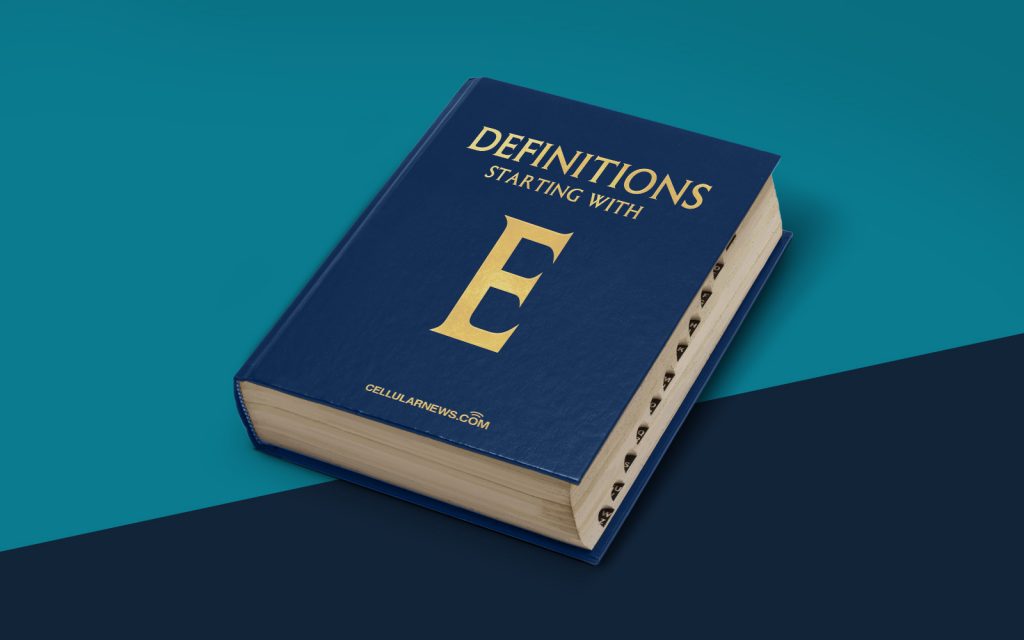
What is Email Encryption? A Definitive Guide
Welcome to our blog series called “DEFINITIONS,” where we break down complex tech terms into simple, easy-to-understand explanations. In this installment, we’ll be exploring the world of Email Encryption. Have you ever wondered how your emails stay secure when they travel across the vast expanse of the Internet? Well, that’s where email encryption comes into play. In this article, we’ll demystify email encryption, dive into its inner workings, and highlight its importance in today’s digital world.
Key Takeaways:
- Email encryption is a security measure that scrambles the content of an email so that only the intended recipient can understand it.
- Encrypting emails protects sensitive information from falling into the wrong hands, ensuring confidentiality, integrity, and authenticity.
How Does Email Encryption Work?
Email encryption involves using complex algorithms to transform plain text emails into unreadable data, which is commonly referred to as ciphertext. Only the recipient with the correct decryption key can decipher the ciphertext and access the original message.
Here’s a simplified overview of how email encryption works:
- Encryption Process: When you compose an email and click send, your email client or server encrypts the message using a secure encryption algorithm, such as AES (Advanced Encryption Standard).
- Public and Private Keys: The encryption process involves utilizing a system of public and private keys. Your public key is freely available to anyone who wants to send you an encrypted message, while your private key remains secret and is used to decrypt incoming encrypted emails.
- Recipient’s Public Key: The sender of the encrypted email retrieves the recipient’s public key to encrypt the message. This ensures that only the intended recipient with the corresponding private key can decrypt and read the email.
- Decryption Process: When the encrypted email arrives at the recipient’s inbox, their email client or server uses their private key to decrypt the ciphertext and reveal the original message.
Why is Email Encryption Important?
In today’s digital age where cyber threats are prevalent, protecting sensitive information is crucial. Here are a few reasons why email encryption is vital:
- Confidentiality: Encrypting emails ensures that only the intended recipient can understand the message, keeping sensitive information confidential and safeguarded from unauthorized access.
- Integrity: Email encryption detects any tampering or unauthorized modifications made to the message during transit. If the content of the email has been altered, the recipient will be alerted.
- Authenticity: By utilizing digital signatures, email encryption verifies the sender’s identity and ensures the integrity of the message, guaranteeing that the email comes from a trusted source.
- Compliance: Many industries have strict regulations regarding the protection of sensitive data, such as healthcare (HIPAA) and finance (PCI-DSS). Email encryption helps organizations comply with these regulations and avoid costly penalties.
Ultimately, implementing email encryption adds an extra layer of security to your communications, giving you peace of mind that your sensitive data remains protected.
Conclusion
Email encryption is a powerful tool that helps ensure the security and privacy of your communications. By using encryption algorithms, combined with public and private keys, email encryption provides confidentiality, integrity, and authenticity. Whether you’re an individual concerned about protecting personal information or a business aiming to safeguard sensitive data, implementing email encryption is a wise choice in today’s digital landscape.
So there you have it — the definitive guide to email encryption. We hope this article has shed light on this essential technology and its importance in safeguarding your emails from prying eyes. Stay tuned for more installments in our “DEFINITIONS” series, where we tackle other tech terms to help you navigate the digital world with ease!
